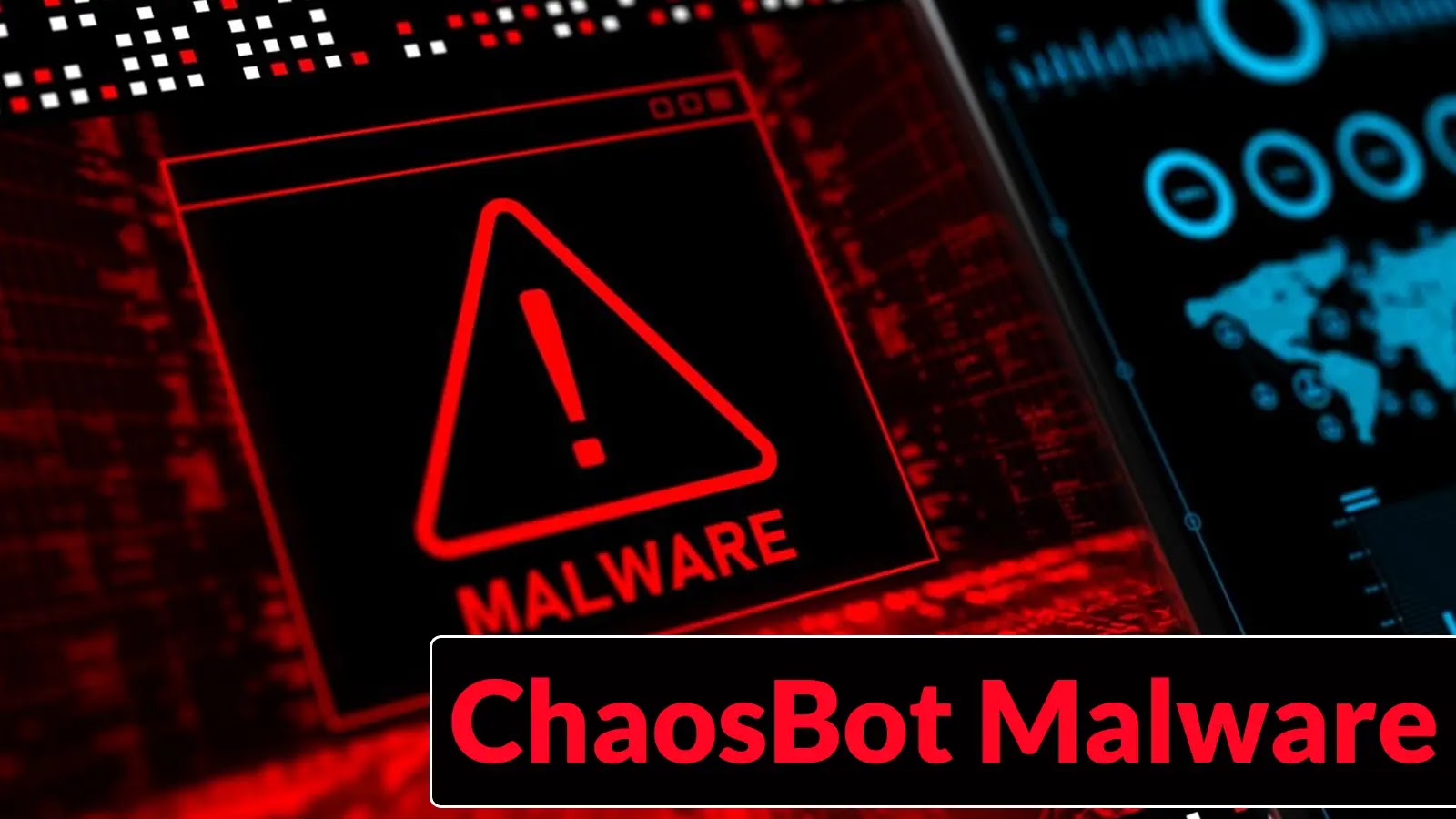In the ever-evolving landscape of cybersecurity threats, a new and sophisticated malware strain named ChaosBot has surfaced, demonstrating advanced capabilities in evading detection and maintaining persistent access to compromised systems. Written in the Rust programming language, ChaosBot leverages the popular communication platform Discord to conduct covert command and control (C2) operations, blending malicious activities seamlessly with legitimate network traffic.
Infection Vector and Initial Compromise
ChaosBot’s infection chain is meticulously crafted, beginning with the exploitation of compromised Virtual Private Network (VPN) credentials or through phishing campaigns that deploy malicious Windows shortcut files. Once executed, the malware establishes a foothold on the target system by validating its Discord bot token and creating a dedicated private channel named after the victim’s computer. This channel serves as an interactive command shell, enabling attackers to issue commands such as executing shell commands, downloading files, and capturing screenshots. The results of these commands are exfiltrated back to the attackers as attached files through Discord’s API, effectively turning the platform into a covert communication channel.
Evasion Techniques and Persistence Mechanisms
To evade detection by traditional security solutions, ChaosBot employs several sophisticated techniques:
– Event Tracing for Windows (ETW) Patching: The malware patches the ETW function, effectively blinding endpoint detection systems that rely on this feature to monitor system events.
– Anti-Virtualization Checks: ChaosBot performs checks against known MAC address prefixes associated with virtualization environments like VMware and VirtualBox. If such environments are detected, the malware alters its behavior or terminates execution to avoid analysis in sandboxed security research settings.
These evasion strategies underscore the malware’s deliberate design to remain undetected and persist within compromised networks.
Discord-Based Command and Control Infrastructure
ChaosBot’s C2 infrastructure is ingeniously built upon Discord’s API, utilizing standard HTTPS requests that mimic legitimate Discord traffic. This approach allows the malware to communicate with its operators without raising suspicion. The technical implementation involves:
1. Bot Token Validation: Upon execution, ChaosBot validates its embedded bot token by sending a GET request to `https://discord.com/api/v10/users/@me`.
2. Channel Creation: Following successful authentication, the malware creates a victim-specific channel using a POST request:
“`
POST https://discord.com/api/v10/guilds/
{name:
“`
3. Command Execution: ChaosBot employs a continuous polling mechanism to check for new messages in the victim’s channel. When operators issue shell commands, the malware forces UTF-8 encoding through PowerShell:
“`
powershell -Command $OutputEncoding = [System.Text.Encoding]::UTF8;
“`
4. Data Exfiltration: The output of commands, along with screenshots or downloaded files, are uploaded back to Discord as multipart/form-data attachments. This method creates a fully functional remote access capability through a platform trusted by most corporate firewalls and security appliances.
Implications and Mitigation Strategies
The emergence of ChaosBot highlights a growing trend among cybercriminals to exploit legitimate cloud-based services for malicious purposes. By leveraging Discord’s API for C2 operations, attackers can effectively mask their activities within normal network traffic, making detection and mitigation more challenging.
To defend against such sophisticated threats, organizations should consider implementing the following strategies:
– Enhanced Monitoring: Deploy advanced monitoring solutions capable of analyzing network traffic patterns and identifying anomalies associated with unauthorized use of legitimate services.
– User Education: Conduct regular training sessions to educate employees about phishing tactics and the importance of safeguarding VPN credentials.
– Access Controls: Implement strict access controls and multi-factor authentication (MFA) for VPNs and other critical systems to prevent unauthorized access.
– Regular Updates: Ensure that all systems and software are regularly updated to patch known vulnerabilities that could be exploited by malware like ChaosBot.
– Endpoint Detection and Response (EDR): Utilize EDR solutions that can detect and respond to suspicious activities, including the use of legitimate platforms for C2 communications.
By adopting a comprehensive cybersecurity posture that includes these measures, organizations can enhance their resilience against advanced threats like ChaosBot and protect their critical assets from compromise.



